How to Care for a Real Christmas Tree
With Thanksgiving behind us, it certainly is beginning to look a lot like Christmas. As you get ready to trim the tree in the coming weeks, we have some things to keep in mind to keep your family and your home safe.
For the safety of you and your family, we strongly recommend considering an artificial tree. Fake trees cost almost exactly as much as real ones and besides being able to use them year after year, they are tremendously safer. If selecting a real tree is a family tradition you just aren’t ready to leave behind though, we understand. With care and diligence, displaying a real tree can be a wonderful Christmas tradition.
When selecting a tree to cut, a tape measure is as important as your saw. Measure not just the ceiling height of your living room, but also the base width. Remember too that you’re going to need to get it inside, so be sure your tree can fit through doors and hallways unimpeded. Many tree farms offer bailing services, where they will run your tree through a conical machine to tie down their branches and condense it to a diameter of about two feet for travel.
For most folks, a 6-8 foot tree is all you’ll need to fill the corner of your living room. If you bailed your tree, be sure to mark its best side so you can face it out during setup. Most importantly, if your tree was cut more than 6 hours prior to being set up, you’re going to want to take another half an inch off the base of the trunk. When a tree cut is left exposed for that long, the cells will block water uptake, allowing your tree to dry out, die and become a major fire hazard. Regular watering is critical to the health of the tree and the safety of your family.
You’ll want to select a tree stand that can stabilize your tree, while also providing a sufficient amount of water to the trunk (approximately one quart for each inch of trunk diameter). For $15-$25, you should be able to find a tree stand to suit your needs, though if you went with an especially large tree, a more heavy duty stand may be necessary. Check with your tree farmer to make sure the stand you’ve selected will hold your tree.
A fresh cut tree should last from shortly after Thanksgiving to shortly after Christmas, but be sure it actually is truly fresh. Trees you find pre-cut from grocery or hardware stores will not last as long and should be purchased just a few weeks before Christmas. Again, remember that if you have not cut the tree yourself within the past 6 hours, you’ll need to do that before setting it up to ensure it can absorb water as necessary. Water your tree every day, especially in the first few weeks, when a 7 foot tree can absorb as much as a half gallon of water a day. Also, if you have cats or dogs, be sure to account for any water they might be drinking!
Use only low heat lighting and ornaments and keep your tree away from heating elements, direct sunlight and warm air vents as much as possible. These can dry out your tree dramatically faster than intended.
When it comes time to remove your tree, large trash bags can cover smaller trees to contain bark and needles as you move it outside, while larger trees may require cutting and removing in sections. Either empty your water dish or let your tree absorb it all to avoid spilling in the process. Tree disposal will vary by area with some places allowing for curbside pick up and others may requiring drop off at a specific location. Contact your local recycling provider with any questions.
Though we encourage you to consider an artificial tree, we understand that for some, a real tree is a beloved Christmas tradition. We’re wishing all the best to you and yours this holiday season.
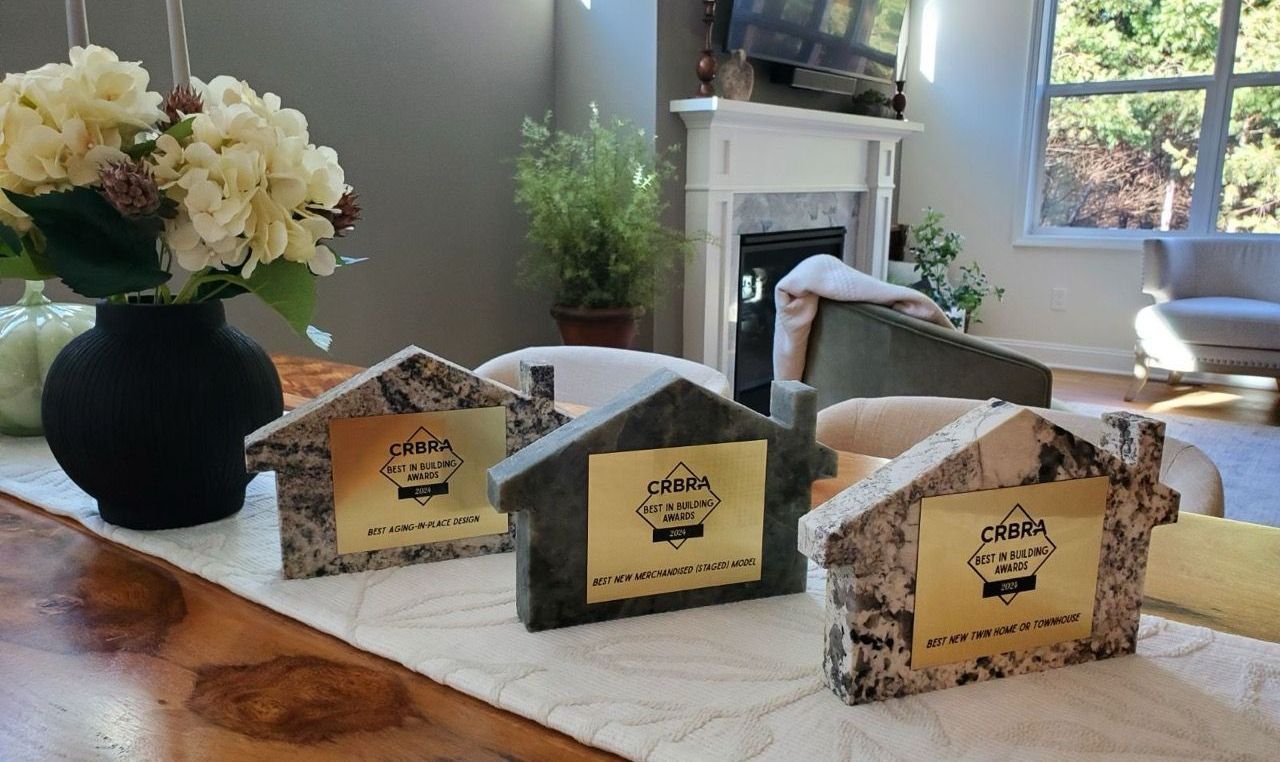

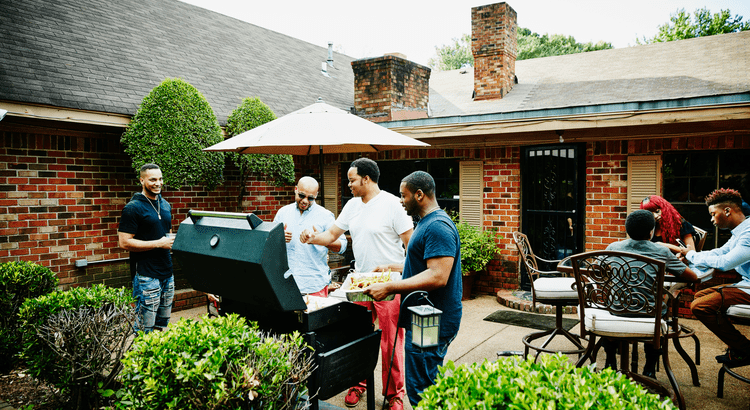
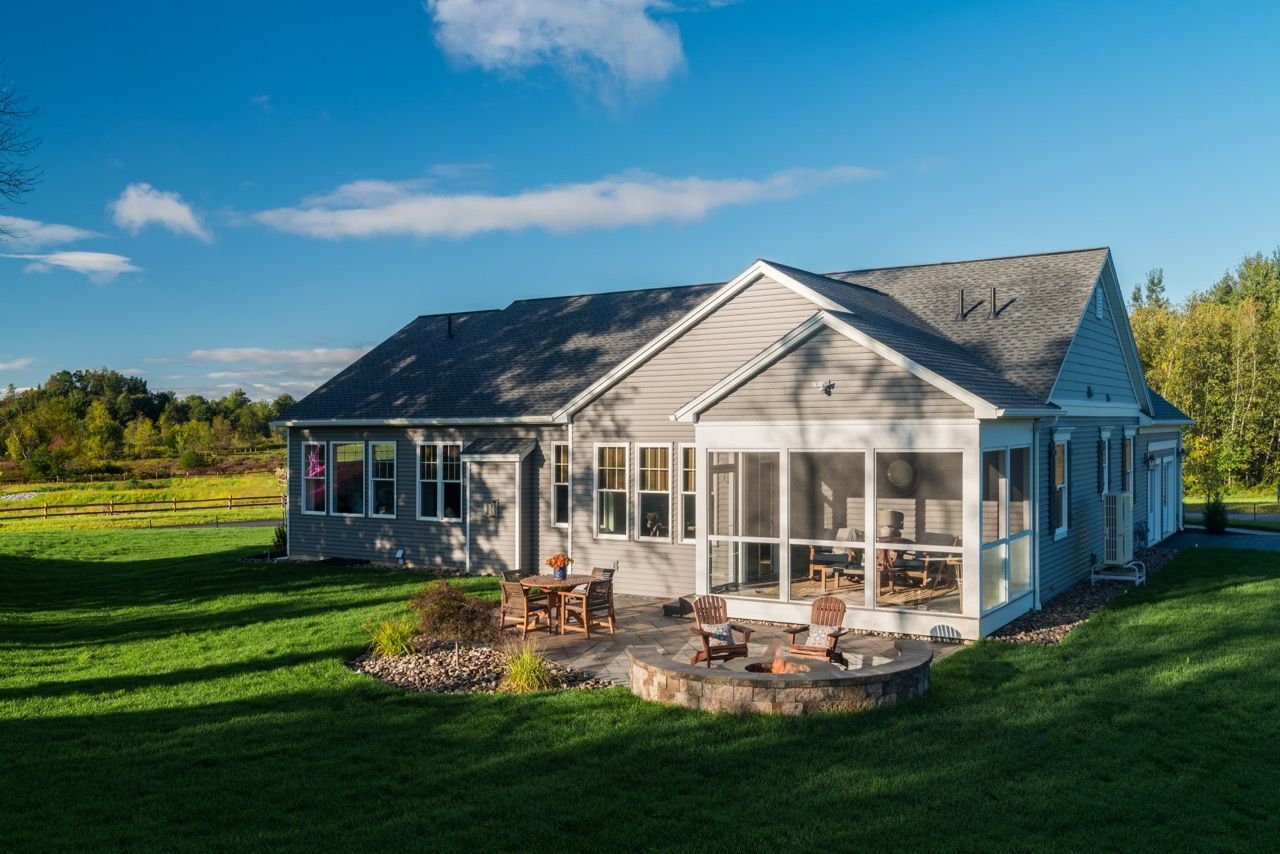
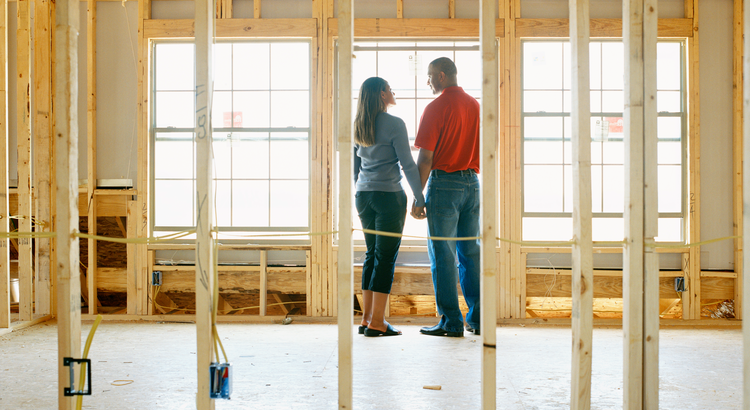



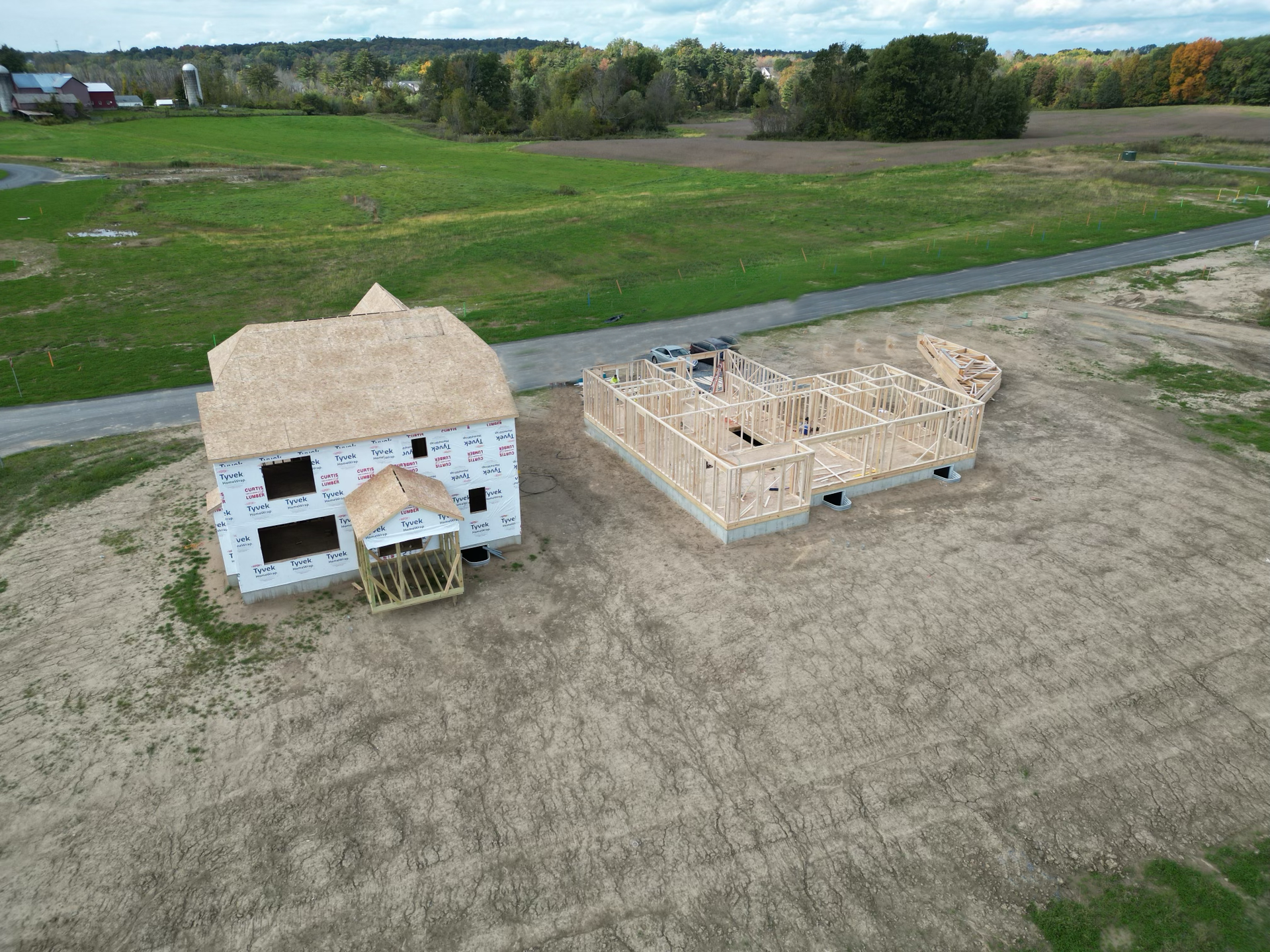
Belmonte Builders built the first house in the Albany, N.Y. region to be certified Gold under the LEED (Leadership in Energy and Environmental Design) for Homes program.





